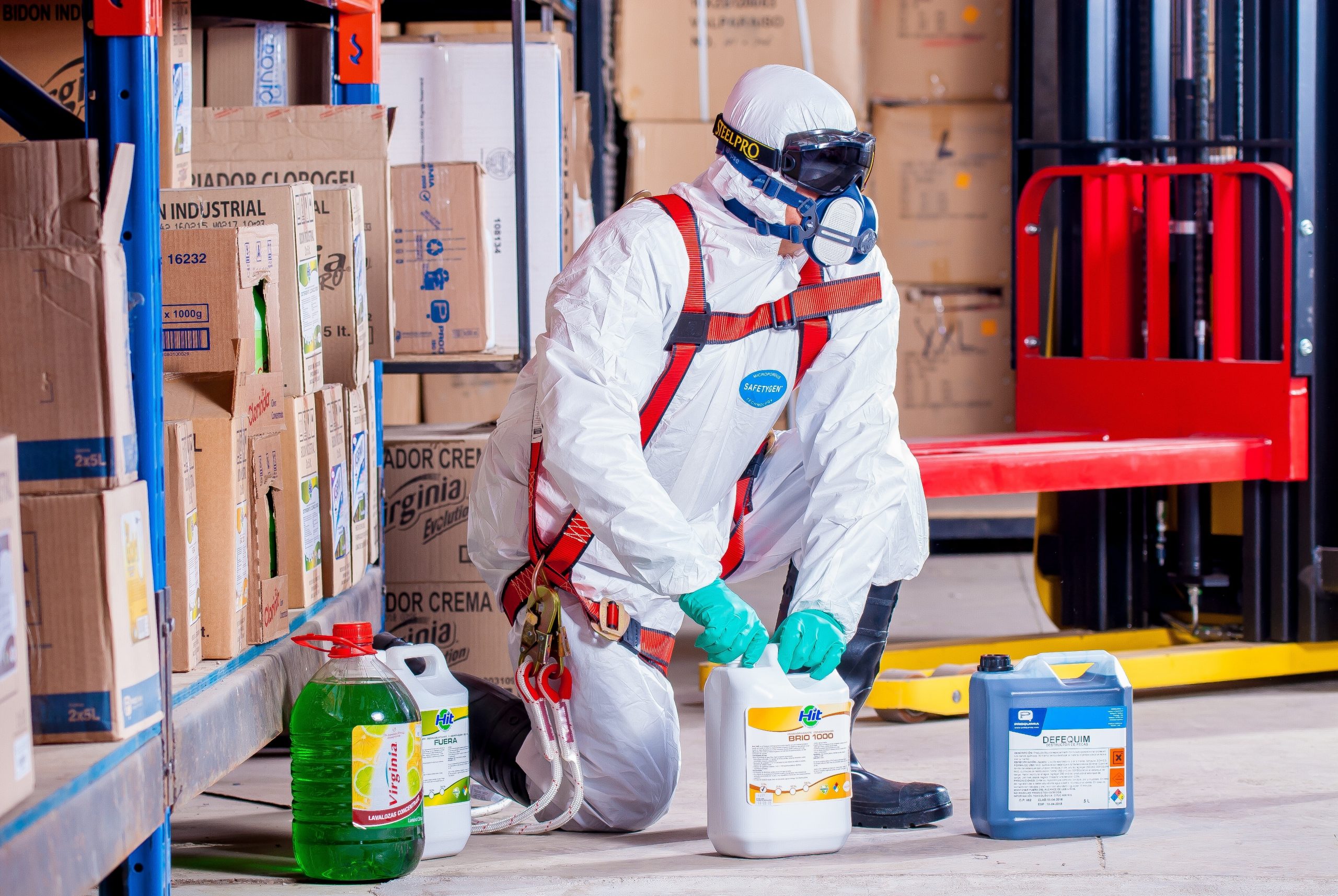According to a recent article published in The Times titled “Britain is cocaine capital of Europe”, cocaine use in the UK has increased by nearly 300 per cent in less than a decade. Cocaine trafficking, distribution and use has a significant impact on societal health, crime and development. Crack cocaine represents a central part of the United Kingdom’s (UK) cocaine problem. According to the Review of Drugs report published by Dame Carol Black in 2020, crack cocaine and opiate users generate 95% of the costs of drug-related crime in England and Wales.
According to the same report, most of the crack cocaine consumed in the UK is produced inside the country, not imported, making it one of the few illicit drugs locally produced. This production process is easy to facilitate. The main precursor chemical used in the creation of crack cocaine, sodium bicarbonate, is widely available and so are the main adulterants, namely benzocaine and phenacetin.
Unlike freebase cocaine (cocaine purified by heating with ether), crack cocaine is produced without the need to use dangerous flammable chemicals. To obtain crack cocaine, traffickers mix cocaine hydrochloride with water and sodium bicarbonate, before heating the mixture to extract a solid yellowish substance. Adulterants such as benzocaine and phenacetin are usually added to increase the volume of production and increase the appearance of a higher quality product. After this process, crack cocaine may be smoked or injected. Injection – a method that has increased in popularity among users in the UK – can give users a rapidly experienced 10-15 minute ‘high’ from one dose.
Traffickers manufacture crack cocaine close to the street level in the supply chain, and adulteration takes place before this substance reaches drug dealers. Crack cocaine is, in general, more profitable than powdered cocaine. Users spend three times more money on it as the chemical effect is shorter, and it has more addictive power. There are an estimated 606 organised crime groups linked to crack cocaine supply (wholesale and retail) in England and Wales, enabling around 181,000 annual users. These users spend a yearly average of 6,300 pounds on their consumption, consuming an average of 0.4 grams per day for an average of 157 days a year.
From these figures, it is possible to infer that those 181,000 users roughly account for a yearly consumption of 11,367 kilograms of crack cocaine in England and Wales. As traffickers use a 2:1 ratio of precursor substance to cocaine hydrochloride in the manufacturing of crack cocaine, this amount represents a deviation or misuse of precursor chemicals from the legal market of around 3,789 kilograms. Predominantly, this deviation relates to Sodium Bicarbonate, a chemical widely used in the food and makeup industry. It is also commonly used in the cocaine production process as a precursor chemical.
Benzocaine, a common anesthetic, is used as an adulterant in the crack manufacturing process. Benzocaine can also be processed with sodium bicarbonate to produce solid rocks in the same way as is done with crack cocaine, before being sold as genuine crack cocaine. The most common adulterant in crack is phenacetin, an analgesic and fever reducer. An investigation by the University of Bath found that 90% of crack samples contained phenacetin. Today, it is only sold as a compound in the pharmaceutics industry as the chemical substance in its purest form was found to lead to kidney cancer. According to a 2015 National Crime Agency (NCA) report, adulterants allow traffickers to double the drug’s volume for an exceptionally low investment.
A direct approach focused on seizing illegal substances may be challenging to implement as well as time and resource demanding. Historically, the volume of crack cocaine seizures have shown to be low, with only 63 kilograms seized in 2019/2016, a figure equivalent to just 1.66% of the total annual consumption. A change in strategy targeting the availability of precursor chemicals and adulterants could lead to substantial losses for drug traffickers, especially manufacturers and wholesalers.
Affecting the availability of precursor chemicals and adulterants would affect drug trafficker’s profit margins, as they would have to sell drugs at higher prices, impacting on the drug’s aggregated demand. As a study by Professor Jonathan P. Caulkins has proved, demand of illegal drugs are price sensitive. Although major seizures or operations against drug cartels garner large media attention, this does not mean they are the only or most productive avenue for combatting drug trafficking networks. In adapting to the modernisation of drug trafficking gangs, policies oriented towards disrupting the logistical elements of the manufacturing process may prove more effective. The control of the diversion of chemical precursors and adulterants could severely limit the ability of crack cocaine traffickers to operate unchallenged.
The main statutory instruments in this area are derived from the European Union (EU) and impose license and reporting obligations on those dealing with scheduled precursors. These are: Regulation 273/2004 of the European Parliament and the Council on drug precursors; and the Controlled Drugs Regulations 2008, for intra-community and extra-community trade. While the Police and Criminal Evidence Act (PACE) of 1984 empowered law enforcement agencies with the powers to seize cutting agents, there were no explicit authorities delegated for the seizure of illicit domestic trade of these substances. The Serious Crime Act of 2015 addressed this loophole, giving the police powers to seize these substances regardless of the existence of an investigation based on the Misuse of Drugs Act of 1971. However, the establishment of proactive supply-chain focused policies could go a long way in preventing these substances from falling into criminal hands.
The NCA National Strategic Assessment (NSA) of Serious and Organised Crime 2018 report only addresses precursors used in new psychoactive substances such as Fentanyl or MDMA, ignoring the critical part played by other precursors and adulterants in crack cocaine manufacturing in the UK. The 2020 NSA report fails to even mention these additional substances, despite their vital role in the crack cocaine production process during an ongoing period of low scale drug production challenges.
More resources should be allocated to the control of precursor chemicals inside the UK. The NCA has introduced an outstanding – but still somewhat limited – tool to combat this in the Chemical Suspicious Activity Report(s). This tool, alongside the introduction of shared strategies with the chemical and pharmaceutical industries to tackle precursors and adulterants misuse will prove to be valuable in the establishment of measures designed to stifle the manufacture of crack cocaine.
As precursor chemicals are legal chemicals with commercial use, information about their misuse and deviation is essential, albeit challenging to acquire. A real-time precursor traceability database would provide law enforcement agencies with vital information to disrupt potential misuse of such chemicals. This system should include not only information about licensees, but also information related to the domestic purchase, transport, sale and final disposal of listed precursor chemicals. The same applies to adulterants deviated from the legal medicinal market.
Additionally, authorities should consider including sodium bicarbonate in the national controlled precursor chemical list. Sodium bicarbonate could be introduced under category 2, with mild control requirements, to control its monitoring and legal use. Other countries already have this precursor controlled. Argentina, for example, introduced sodium bicarbonate into its controlled precursor chemical lists in 2018.
Due to the sensationalisation and glamorisation of drug trafficking seizures, there is a danger that law enforcement officers develop “tunnel vision” in their investigating of trafficking crimes, paying less attention to other related issues such as the use of precursors. To combat this, training and refresher courses on precursor chemicals should be encouraged not only among investigators but also among patrol and community police officers.
Leaving the EU presents an extraordinary opportunity for the UK to devise a new and proactive strategy on precursor chemical control, including the possibility of introducing a new precursor chemical control list much larger than the one effective under EU law.
Martin Verrier is a RUSI Associate Fellow and SHOC Member.
Main image credit: Pexels.
The views expressed in this article are those of the author(s) and do not necessarily reflect the views of RUSI or any other institution.



